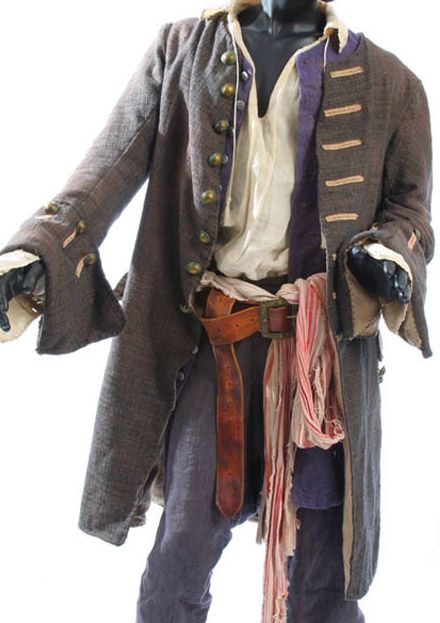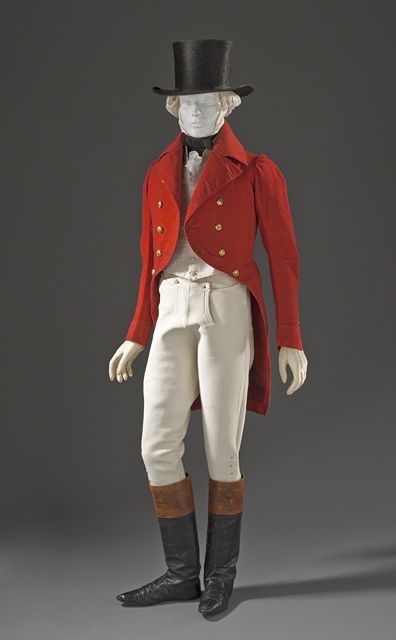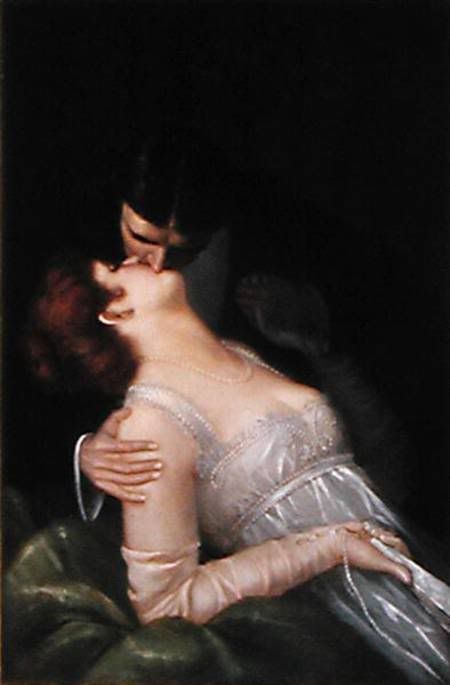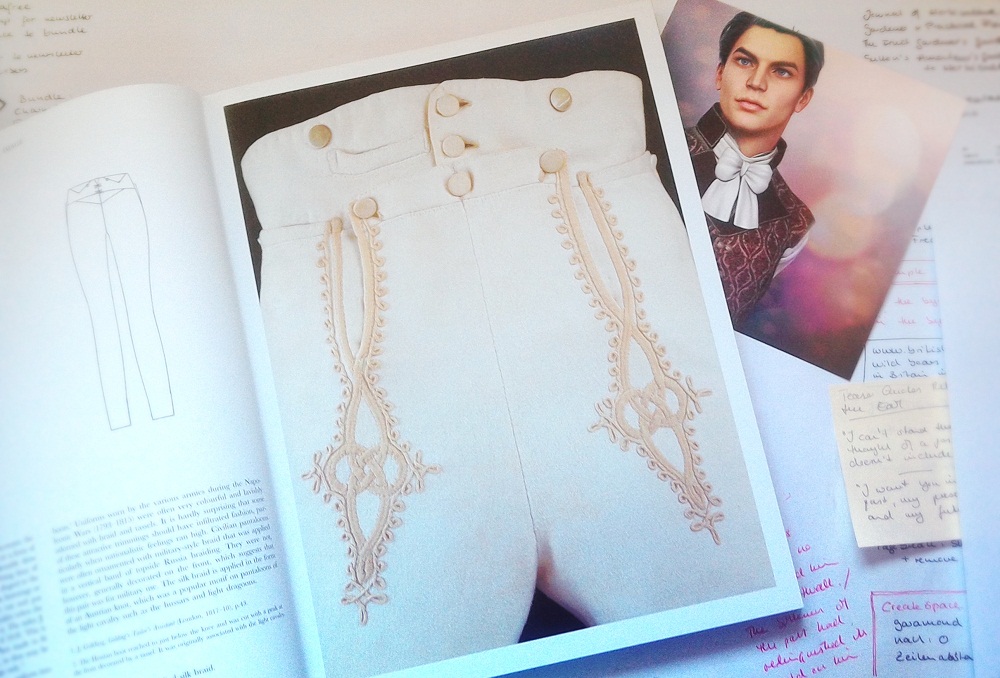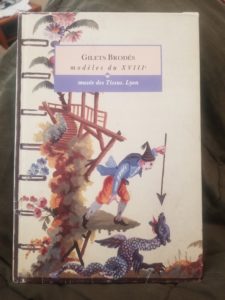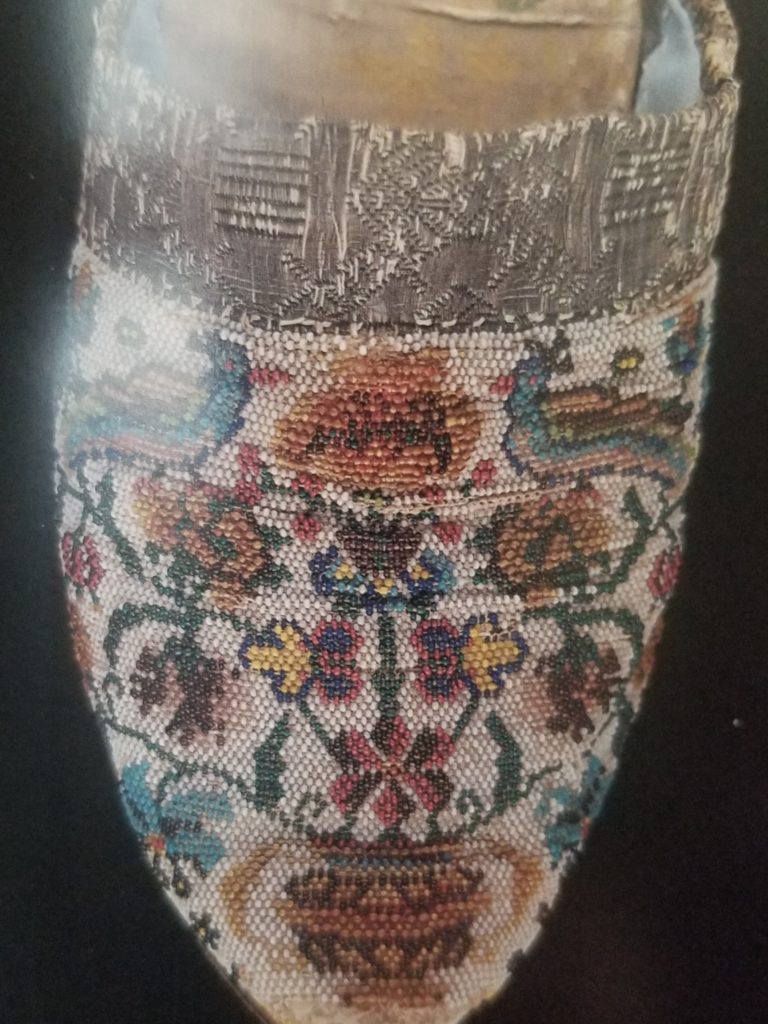Happy February!
I have much to delight you with today, including some Shameless Self-Promotion but also a treasure trove of information. . .
Let’s get the shameless self-promotion out of the way. The seventh book in my My Immortals series released last week.
My Demon Warlord
A Demon Warlord Bound by Dark Magic. . .
Kynan Aijan’s centuries-long enslavement to a mage left him borderline insane and bound to Maddy Winters, a witch he intended to kill in horrible ways. Though he’s sworn the bonds they share will never be completed, their very existence feeds his desire for her even as he accepts that Winters will never forgive him.
. . . to the Powerful Witch He’s Desired for Years.
For Maddy Winters, the fight against evil magic users always takes top priority. But her bonds to Kynan give her intimate access to his thoughts and experiences, and she can’t always ignore their chemistry. Her insistence that she has no feelings for him is a deception she can’t afford to give up.
As Kynan and Maddy join forces to stop a rebellious and murderous witch, the dark magic that binds them locks them into forbidden passions and magic that could destroy them both. Will their fight for what’s right lead to a fight for each other?
My Demon Warlord is the seventh installment in the My Immortals series of paranormal romance novels. If you like magical supernatural tales, explosive chemistry, and irresistible passion, then you’ll love Carolyn Jewel’s latest breathtaking romance.
Amazon | Barnes&Noble | iBooks | Kobo | Google Play | All Romance eBooks | Print
Historicals!!
In news about my historicals, I am working on Book 3 in my Sinclair Sisters Series. It’s early days and there are some areas of research that are cropping up. If I told you these particular areas, they would be enormous spoilers and, quite possibly, not even in the book by the time I’m done. But never fear! I will be posting research related discoveries later. I learn something new every time.
I’m pulling together the historical novallas I’ve written and getting them spiffied up or ready for release on their own. So there will be that to look forward to. At least, I hope you’ll look forward to that.
Catalog Downloads from the Met, for Free
Risky Sandy posted this link on facebook. It’s from dressful.com — an awesome site, which mentioned that the Met has exhibit catalogs, including fashion related one, available to view online, order Print On Demand, or download as a pdf. And it is AWESOME. The Met Catalogs.
Lookit! Just as an example. If I go over there again, I won’t get any work done.
The Academy of the Sword: Illustrated Fencing Books 1500–1800, LaRocca, Donald J. (1998)
It’s spectacular–all of it. I want ALL THE CATALOGS! There’s so much there that’s just wonderful and fascinating no matter what you might be interested in, and I want to hug the Met for this. And donate to them, too.
And so. Happy clicking around the Met.
We love you here at the Riskies.




